The Challenger Mission
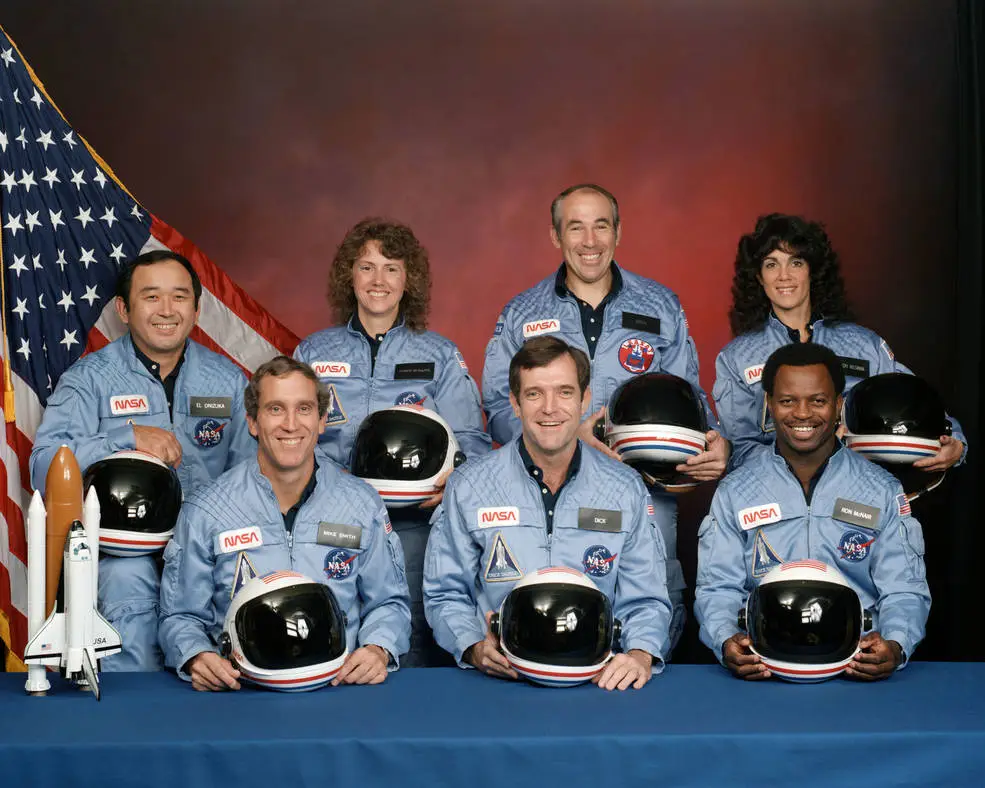
Image courtesy of NASA
NASA’s Space Shuttle Program
NASA's Space Shuttle Program was developed as a groundbreaking effort to make spaceflight more routine and cost-effective by creating a reusable spacecraft. Unlike the Apollo program’s single-use capsules, the space shuttle was designed to be launched, landed, and relaunched multiple times.
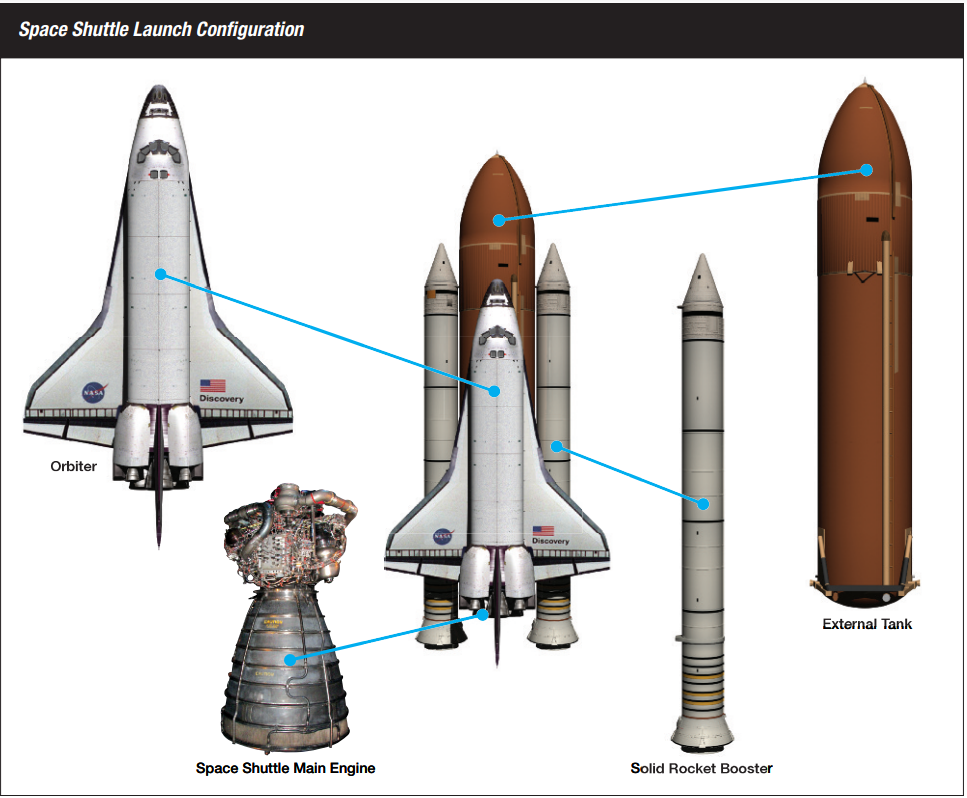
Image courtesy of NASA
Its design allowed the shuttle to launch like a rocket, maneuver like a spacecraft, and land like an airplane.
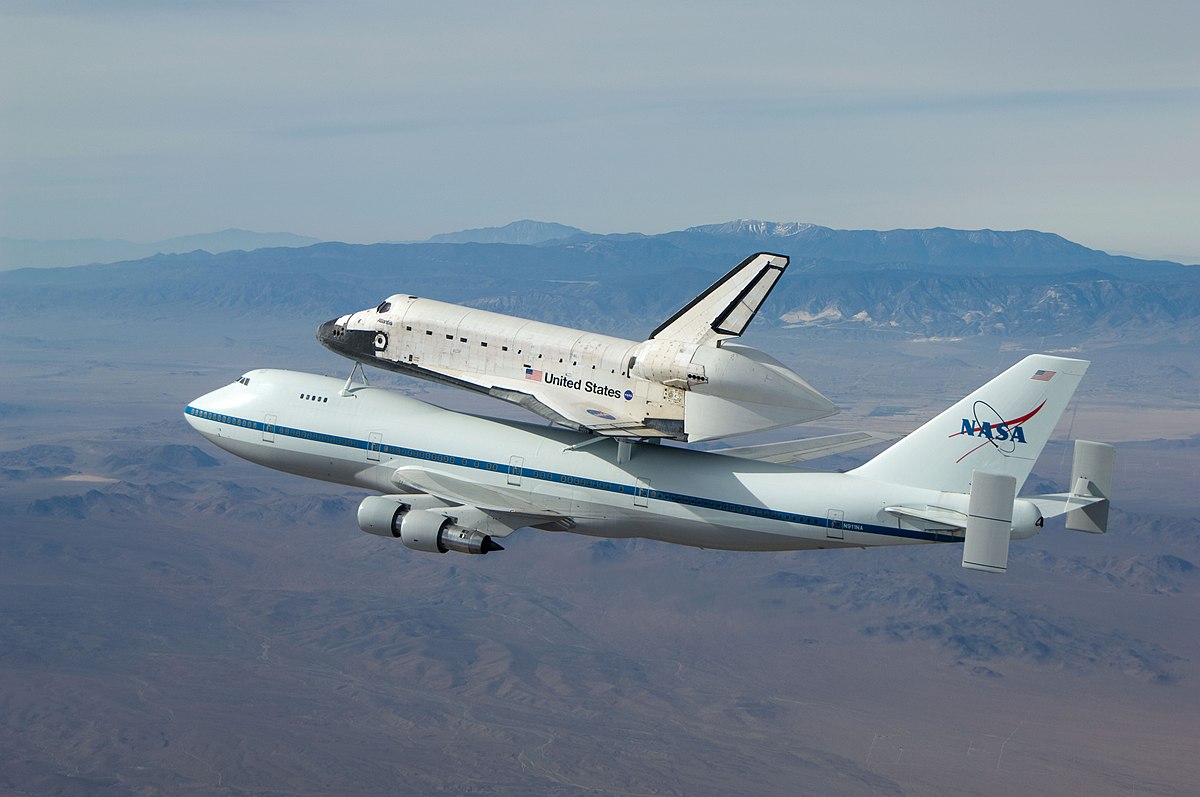
Image courtesy of NASA
NASA envisioned the shuttle as a versatile spacecraft that could:
- Transport astronauts and cargo to low-Earth orbit.
- Deploy and repair satellites.
- Support the construction of the International Space Station (ISS).
- Conduct scientific research in space.
The Space Shuttle program, launched by NASA in the 1980s, represented the United States’ commitment to regular, reusable access to space. But with this commitment came a deep responsibility. NASA was responsible for the safety of its astronauts, the pioneers who ventured into space.
The astronauts had the right to be fully informed about the risks of their missions and to expect that NASA had taken every measure possible to protect them. Tragically, this right was violated when NASA ignored concerns raised by engineers. The Challenger disaster led to profound changes in how NASA approached astronaut safety, as well as the responsibilities they owed to those they sent into space.
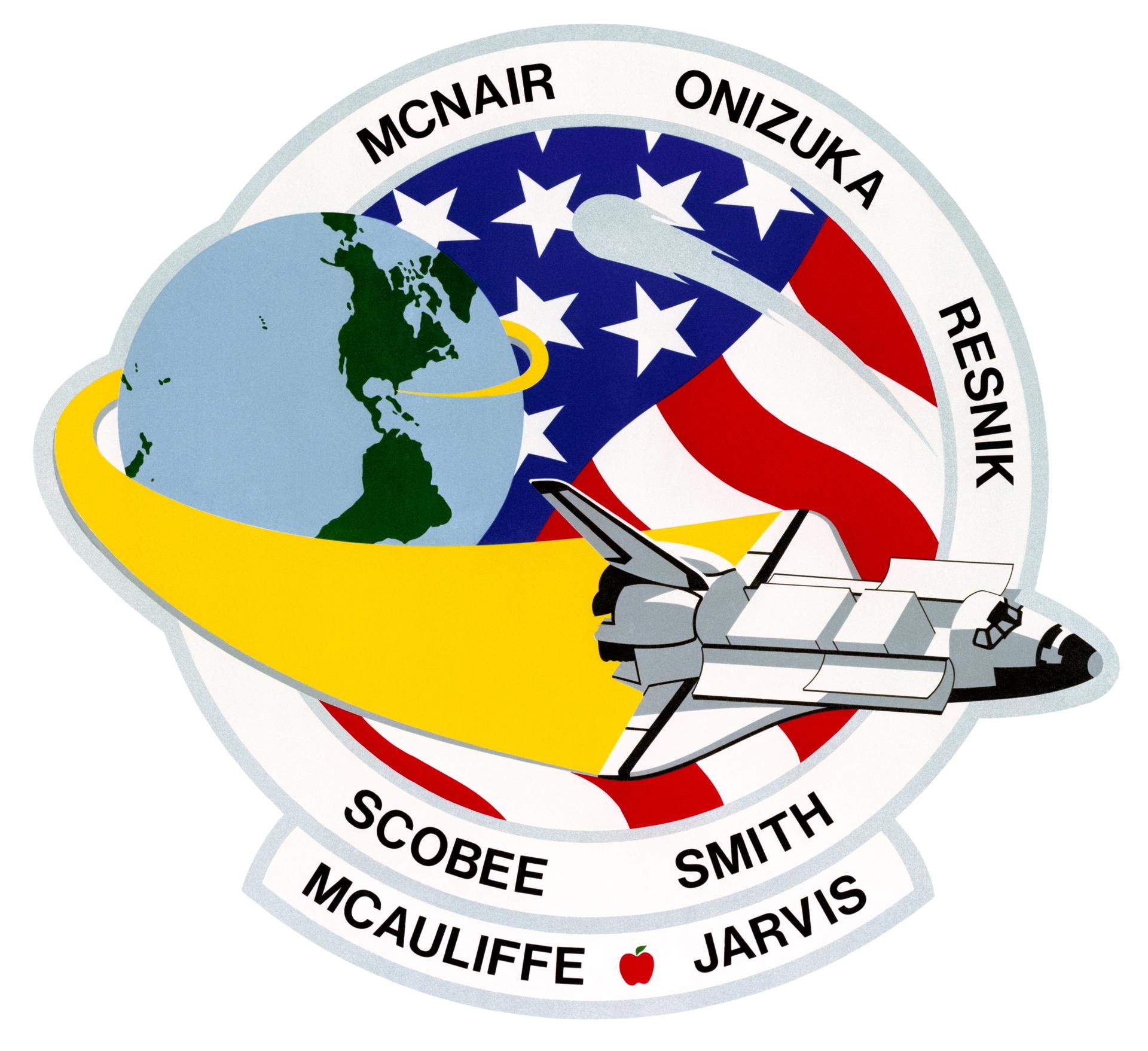
Image courtesy of NASA
The Challenger Mission
- Mission Name:
- STS-51-L
- Launch Date: January 28, 1986
The Challenger Mission & Crew
Purpose:
- Deploy the TDRS-B satellite for communication.
- Conduct experiments, including one with Halley’s Comet observation.
- Feature the first civilian astronaut, Christa McAuliffe, as part of the Teacher in Space Program to inspire students.
Significance:
- A highly anticipated mission because of McAuliffe which generated massive public interest.
- Millions of people, including schoolchildren watching live, witnessed the tragic explosion.
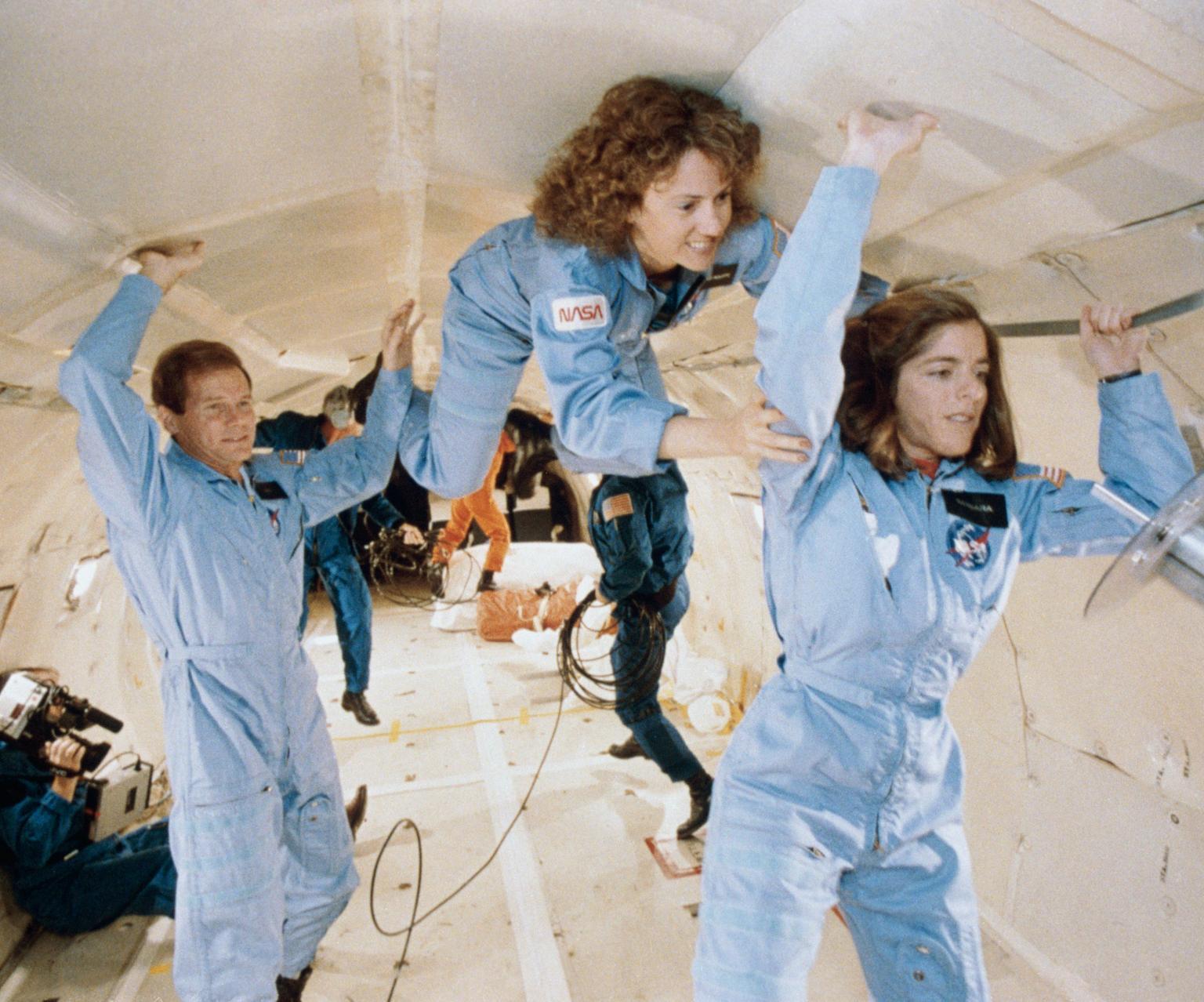
Image courtesy of NASA
"What are we doing here? We're reaching for the stars."
- Christa McAuliffe
The Crew
The Challenger Crew
Francis R. Scobee - Commander - U.S. Air Force pilot, veteran astronaut
Michael J. Smith - Pilot- U.S. Navy pilot, first spaceflight
Ronald McNair - Mission Specialist - Physicist, second Black astronaut in space
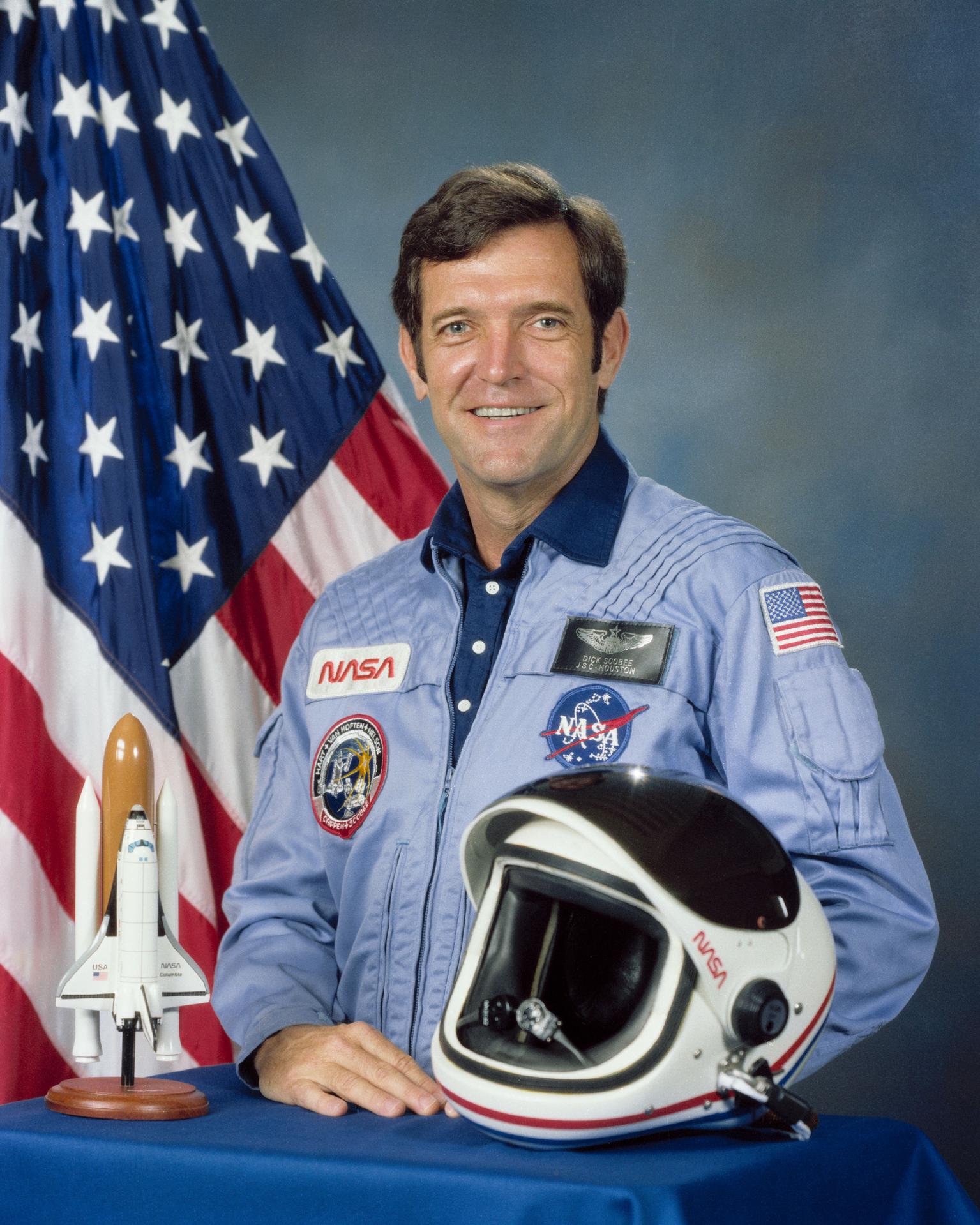

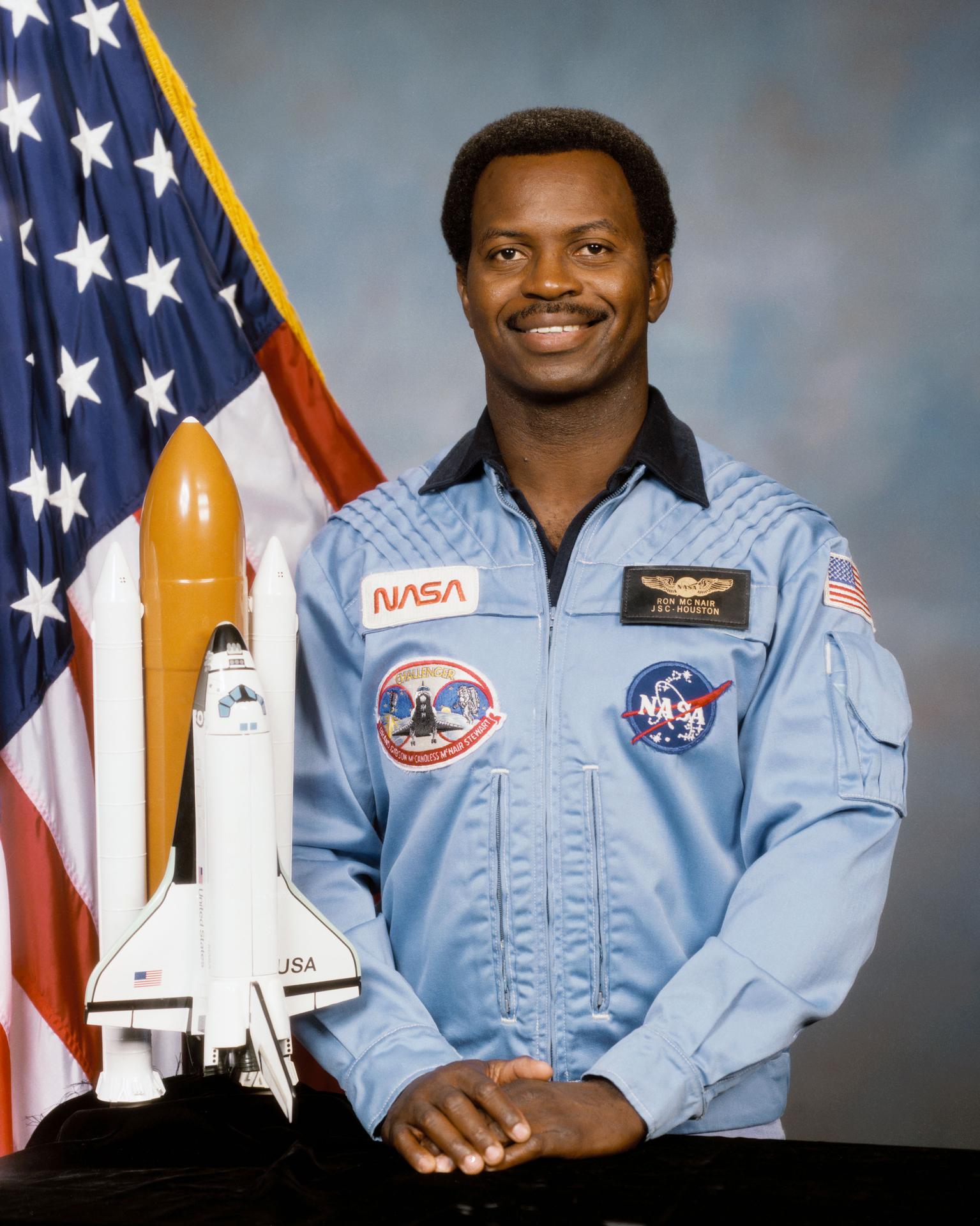
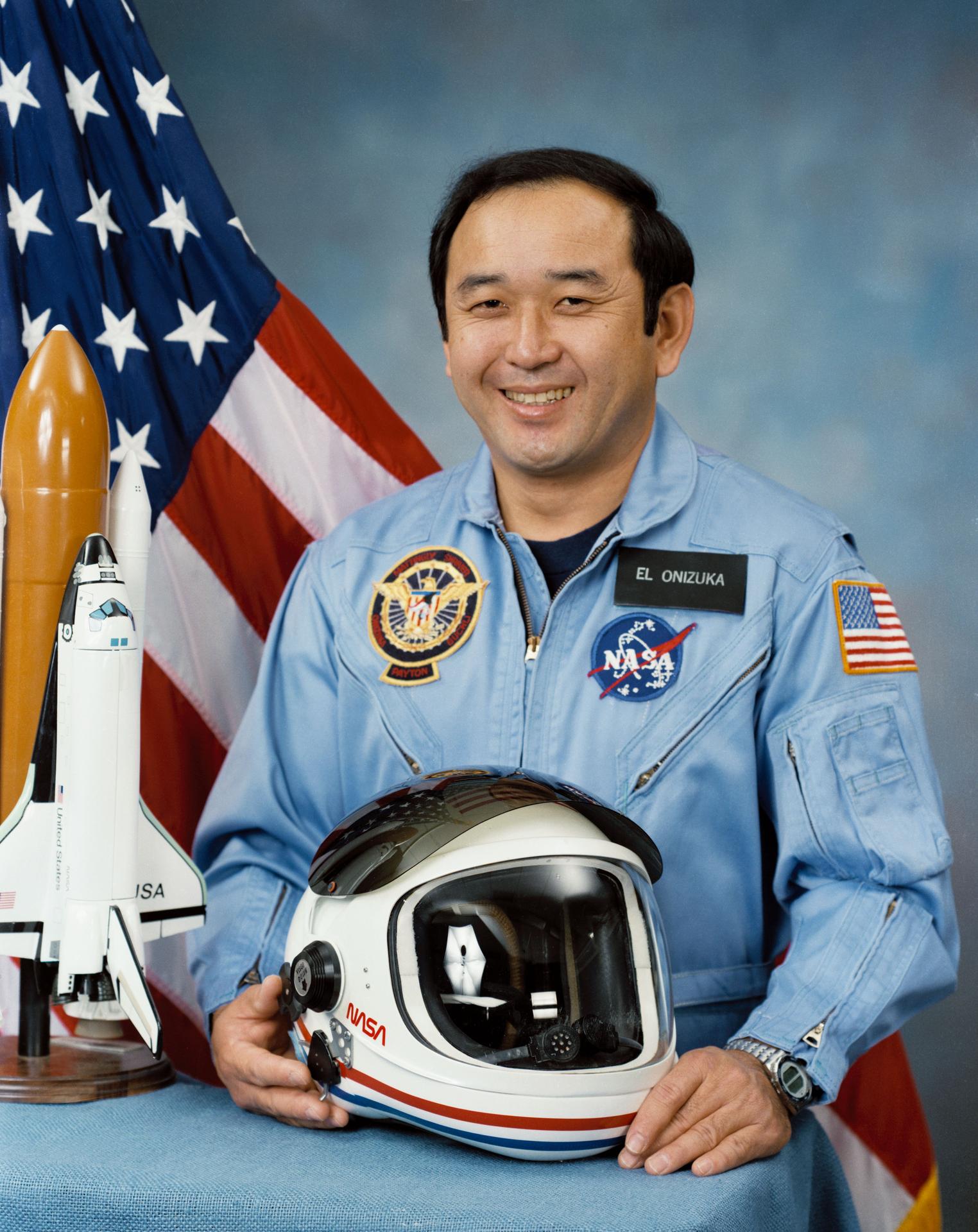
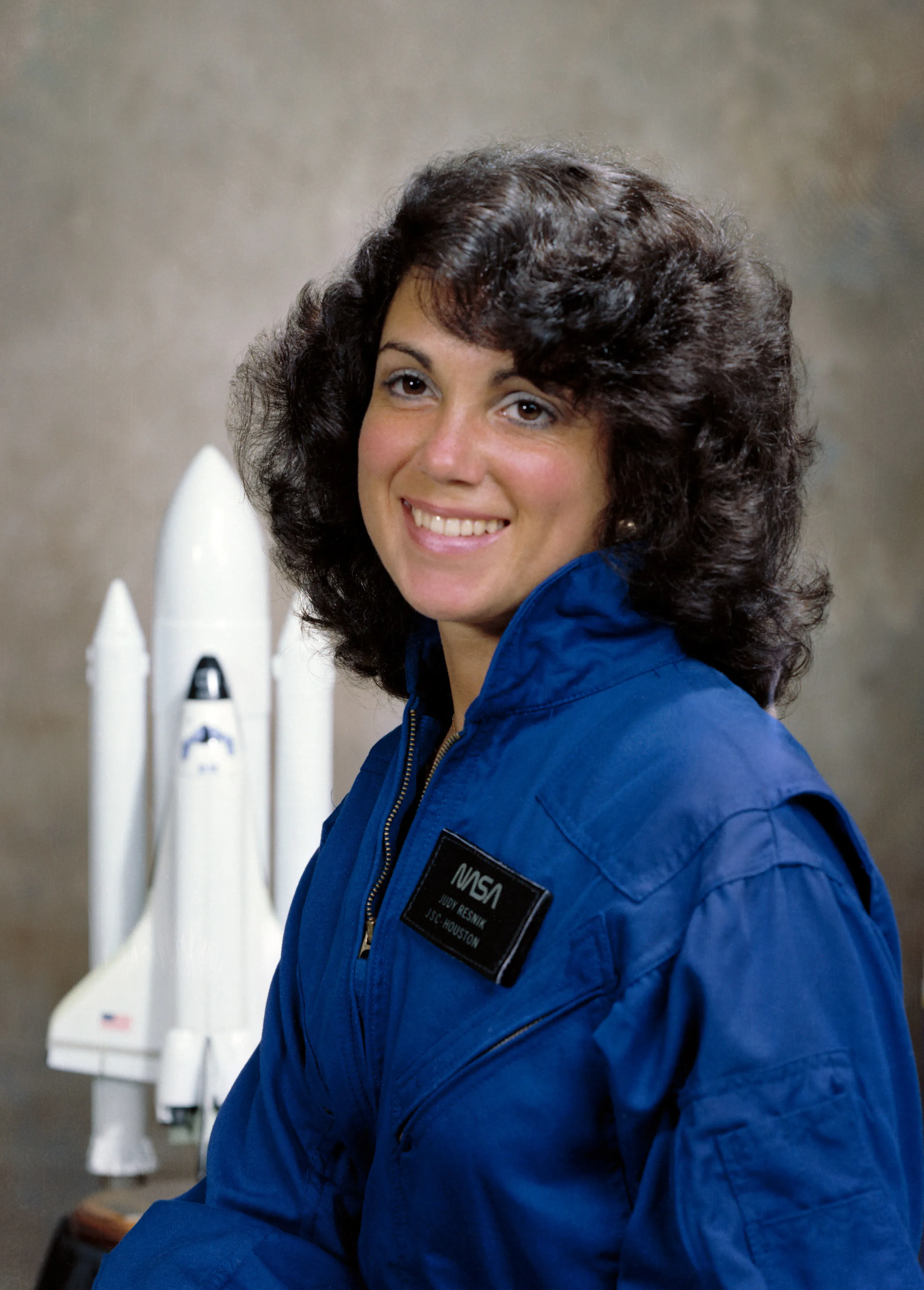
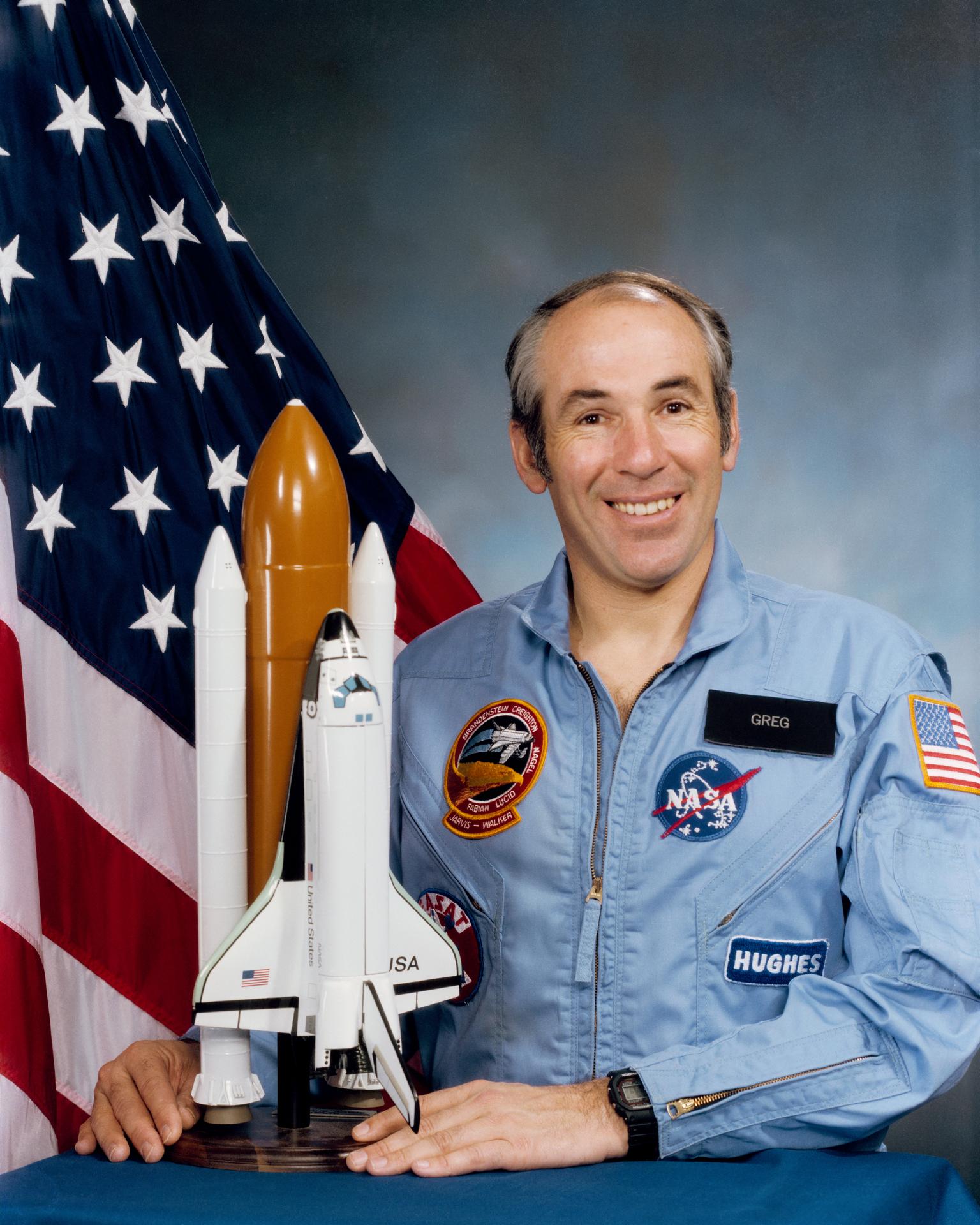
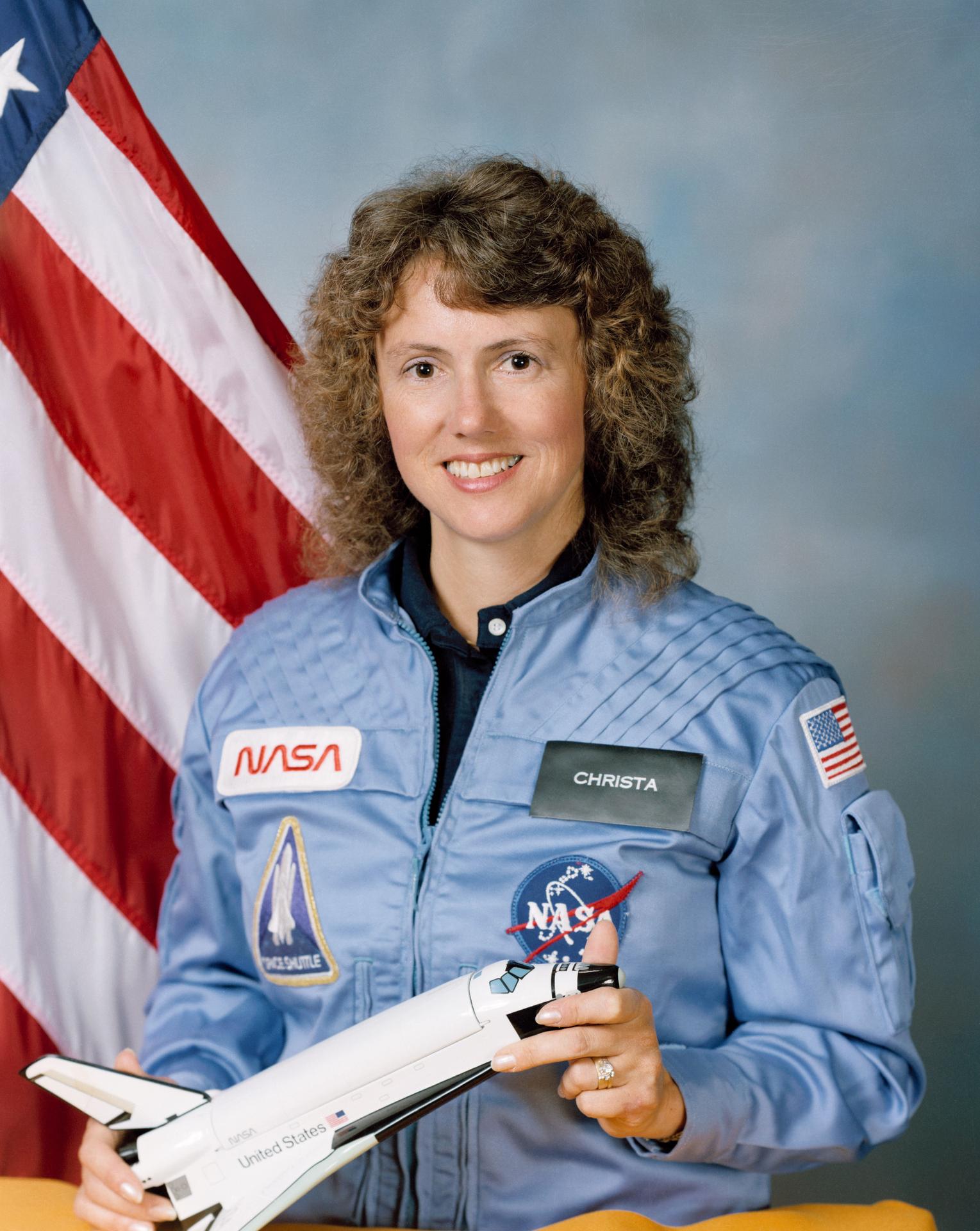
Images courtesy of NASA
The Challenger Crew
Ellison Onizuka - Mission Specialist - First Asian American in space
Judith Resnik - Mission Specialist - Second American woman in space, engineer
Gregory Jarvis - Payload Specialist - Aerospace engineer
Christa McAuliffe - Payload Specialist (Teacher in Space) - First civilian in space, high school teacher
Christa McAuliffe & The Teacher in Space Program
- Selected from over 11,000 applicants to inspire students and bring space education to the classroom.
- Planned to broadcast lessons from space, including "The Ultimate Field Trip."
- Her involvement made the mission one of the most watched launches in NASA history.
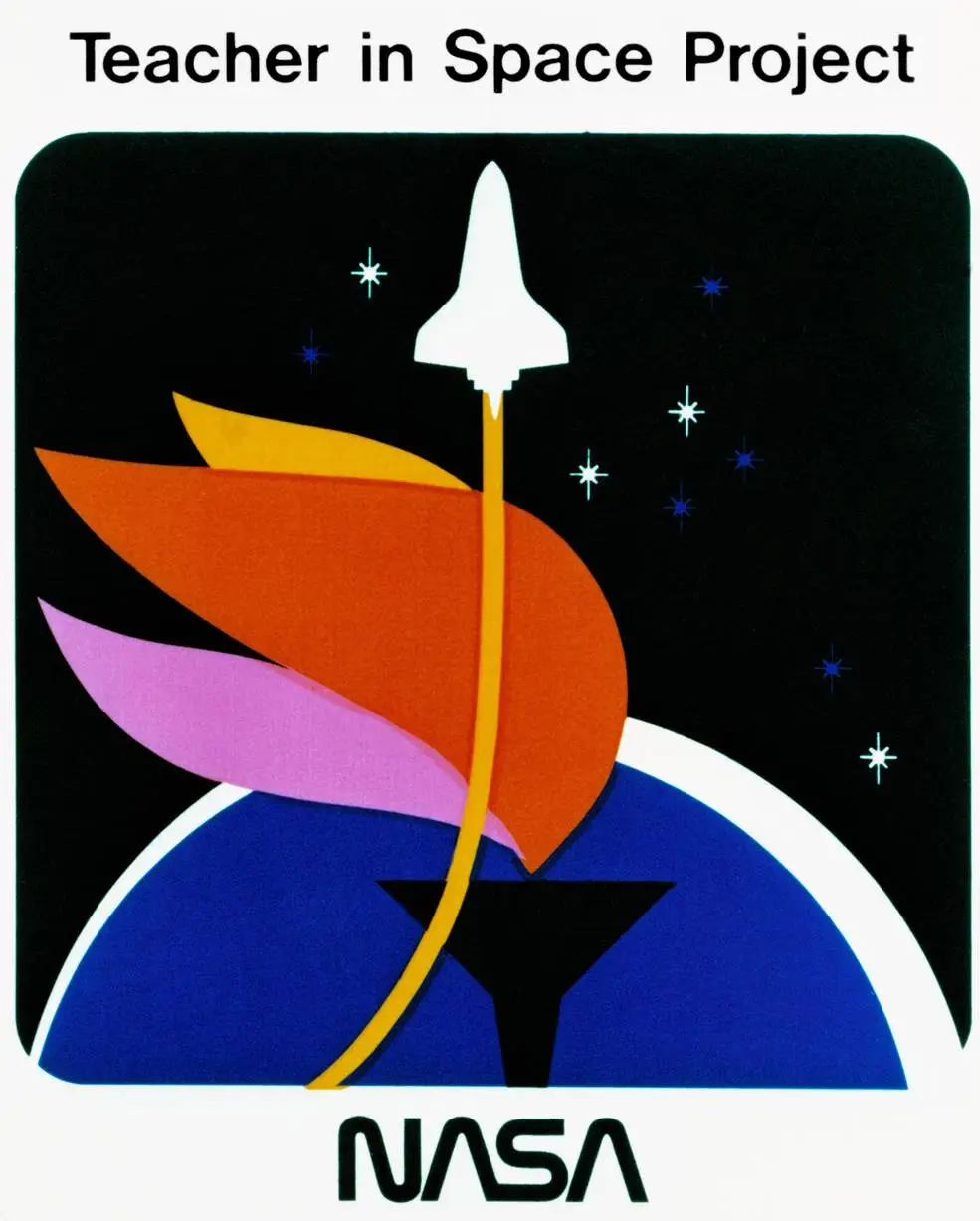
Image courtesy of NASA